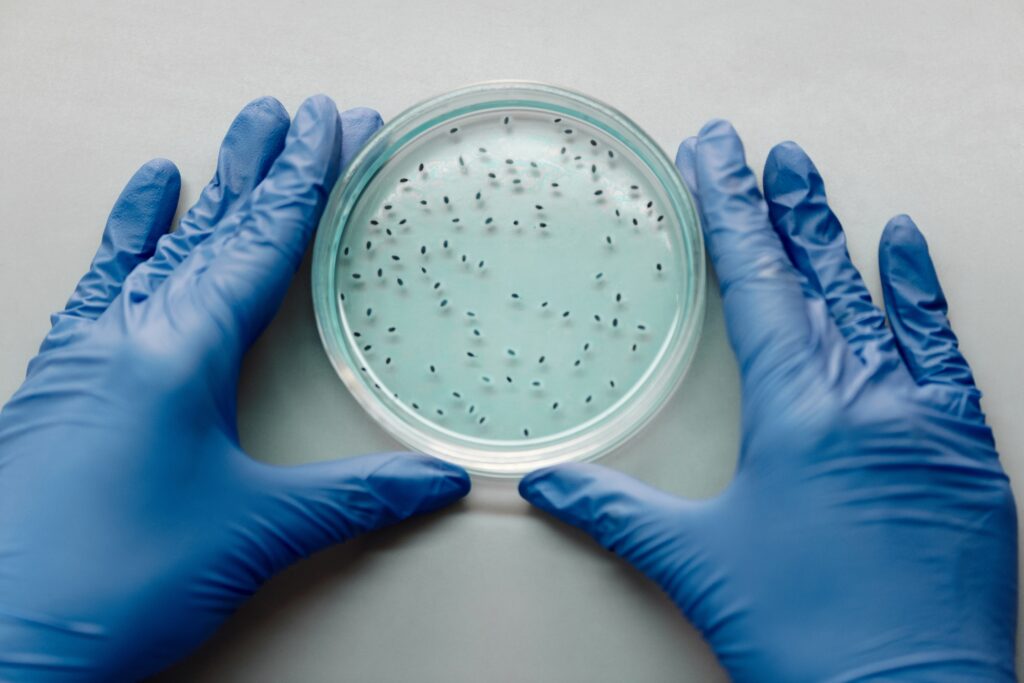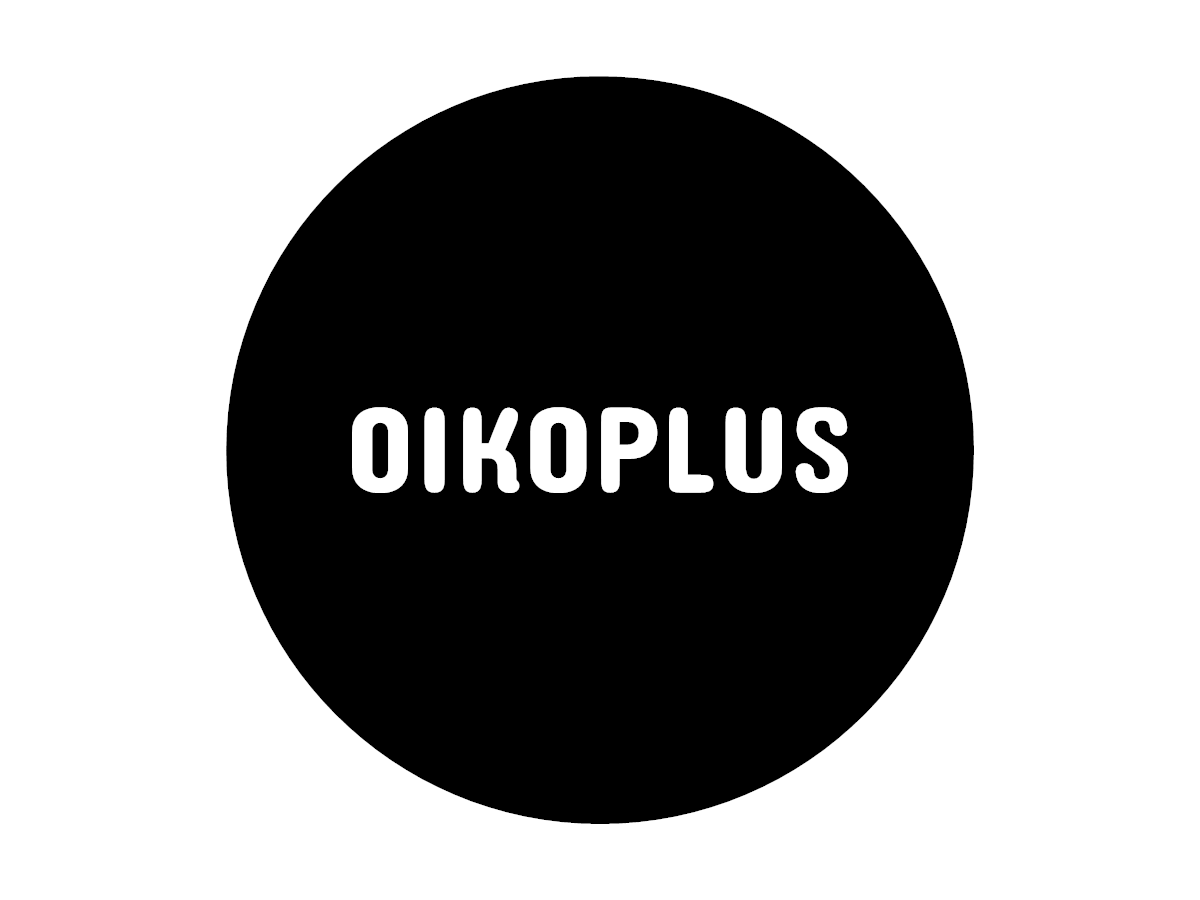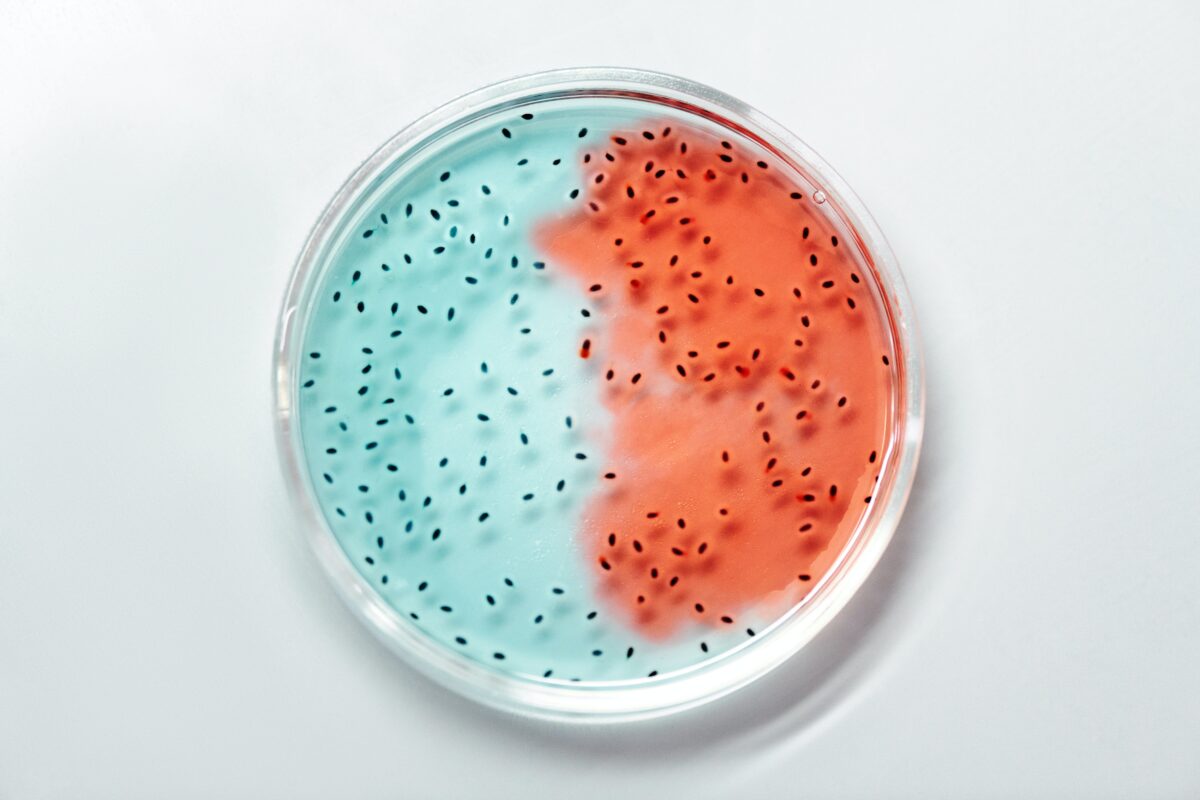On difficult topics, moral questions, research ethics and conflicts of interest in science communication.
In science, there are subject areas that are teeming with communication pitfalls. Topics that are controversial in society, research that uses controversial methods and technologies with uncertain consequences. They require sensitivity and caution when it comes to communicating their results in an understandable and accessible way to a large and public audience. Ethical questions are often the subject of intense debate, because widespread social values and morals are challenged. Examples of such research topics are genetic engineering, animal experiments in the life sciences or aspects of gender studies in humanities.
Many scientists working in such fields know this. They communicate cautiously and do not seek the great publicity to present their work and have it discussed publicly. Because where there is public discussion, there is a threat not only of objective and professional criticism, but also of shitstorms. Researchers who encounter criticism from outside their professional bubble usually feel misunderstood. And they are often not so wrong. Current studies show: People who have strong opinions on controversial research topics often rate their knowledge of these topics higher than it actually is.

Oh Lord, please don’t let me be misunderstood
A researcher involved in one of the projects in which Oikoplus is a partner responsible for science communication and dissemination expressed this in an email just recently: „Our research requires that we are very careful with the information that is out there. I would like to avoid a situation of messaging getting misunderstood or misexplained. I could think of a gazillion ways this could go wrong in a spur of the moment.” Well – it’s hard to completely rule out the possibility of communication being misunderstood.
At the very least, however, there is a very simple rule that can be followed if, because of the sensitivity of a topic, you attach great importance to remaining factually correct and offering as little room for interpretation as possible: Avoid humour, especially in social media. Good humour is the most difficult discipline of entertainment, and most punchlines do not come without collateral damage, without people feeling hit and hurt. Therefore, science communication usually has to be serious, polite and correct. Or else, one deliberately chooses the humorous path, even if it may be risky. Kelleigh Greene has written about humour in science communication for the Scientia blog. She argues that humour and science communication indeed do go together.
No fear of the target audience
Caution is required when communicating sensitive issues. However, one should not completely subject one’s communication to caution and avoid discourse. Science can withstand criticism. However, this does not mean that each individual scientist must be able to withstand criticism. What we always tell our partners in science: Don’t panic! The loudest critics in the discourse are rarely representative of the public as a whole. And sometimes particularly loud criticism belies quiet agreement. Using the CRISPR/Cas9 technology as a case, communication researchers at the University of Twente in the Netherlands investigated the different perspectives within the Dutch public on this relatively new genetic engineering method. The communication researchers used the Q method, in which statements from study participants (here n=30) are ranked according to the degree of agreement. It turned out that the participants were generally open and optimistic about the CRISPR/Cas9 technology.

Becoming aware of one’s own role
This may make many scientists researching gene editing optimistic. In any case, it helps researchers to think about the target groups of their science communication. To do this, it’s a good idea to work together with communications experts. A study conducted by the Julius Kühn Institute in Quedlinburg, Germany, shows what such cooperation can look like. The geneticists researching there joined forces with communication scientists from Wageningen University in the Netherlands. The aim was to develop concrete recommendations for communication on the topic of genetic modification. Part of the result: Trust in science is high, and scientists are trusted to take safety, transparency and sustainability seriously. Therefore, scientists working on topics that are contentious should not hide. They are the ones who can contribute expertise. That’s what they are there for, you could say.
Does expertise automatically lead to a conflict of interest?
But not everyone sees it that way. In some debates, the expertise of researchers is interpreted as a conflict of interest: If, for example, female geneticists are in favour of relaxing the regulation of the use of genetic engineering, it is quickly said: how could female geneticists, of all people, be against this? An article by philosopher Alexander Christian in Frontiers deals with such possible conflicts of interest, using the CRISPR/Cas9 debate as an example.
Cutting through discursive pitfalls is not easy. Sometimes it is simply impossible. But transparency and openness, can hardly hurt to enable the broadest and most open discussion about research and its results. At Oikoplus, we support researchers in explaining their work and making it accessible. We always advise them not to hide in the process.


